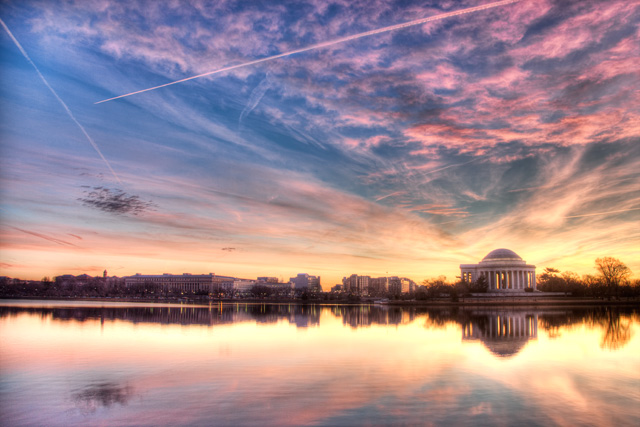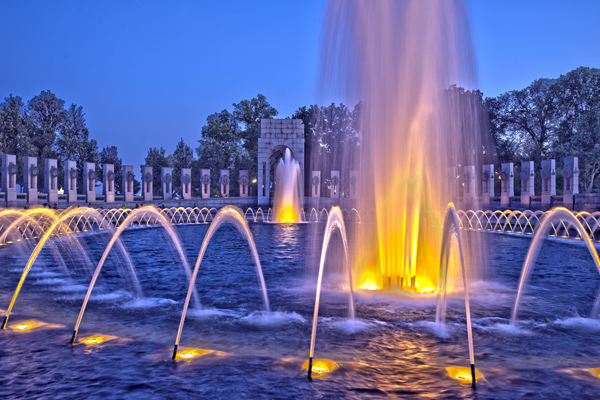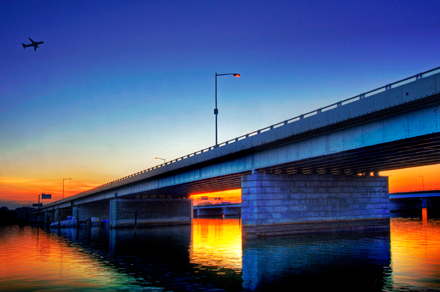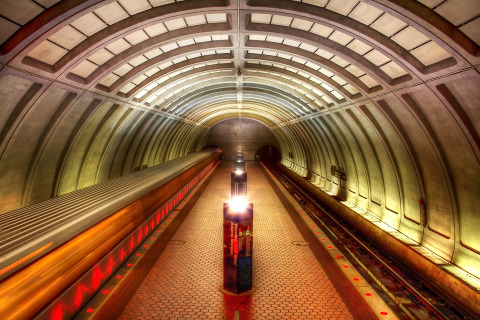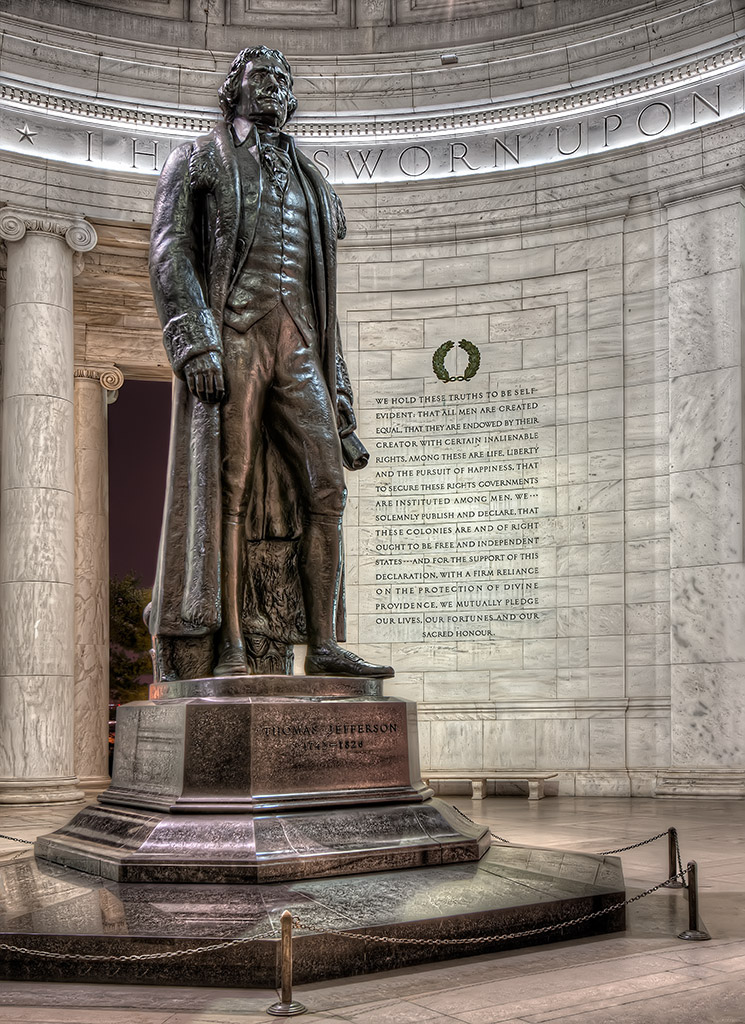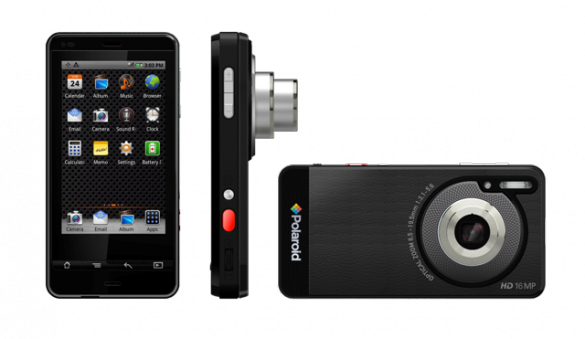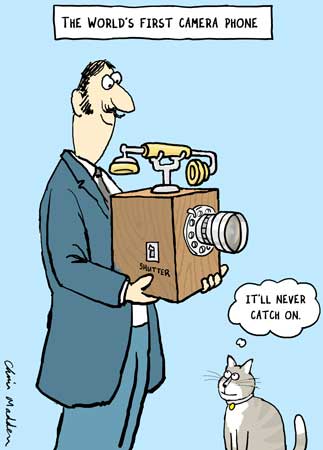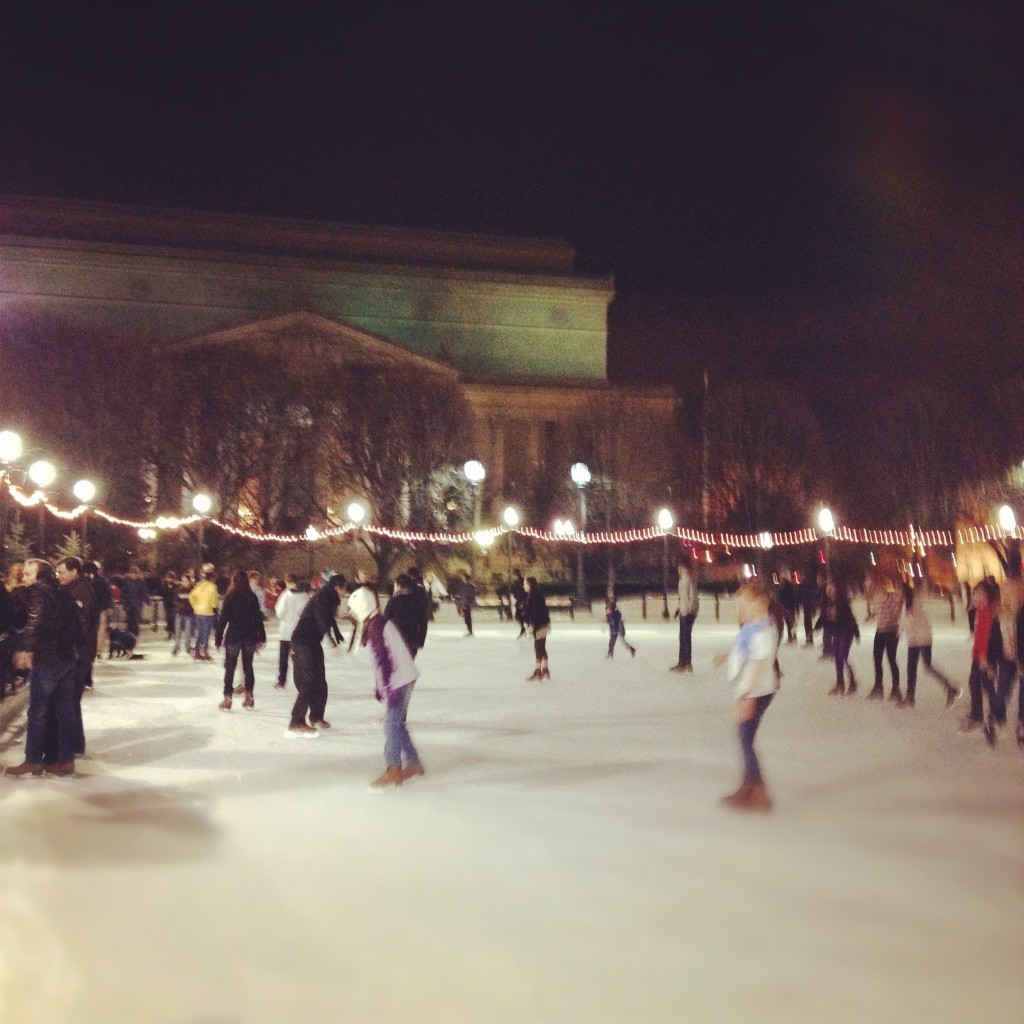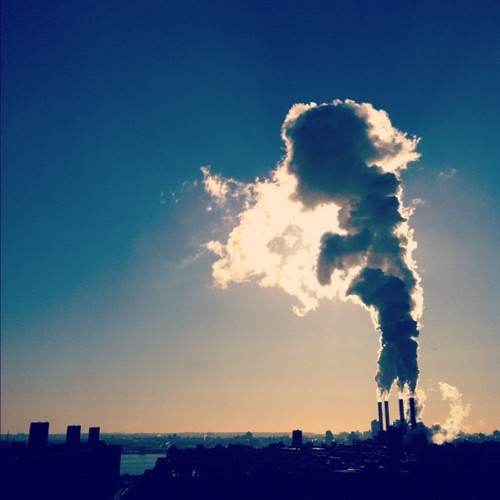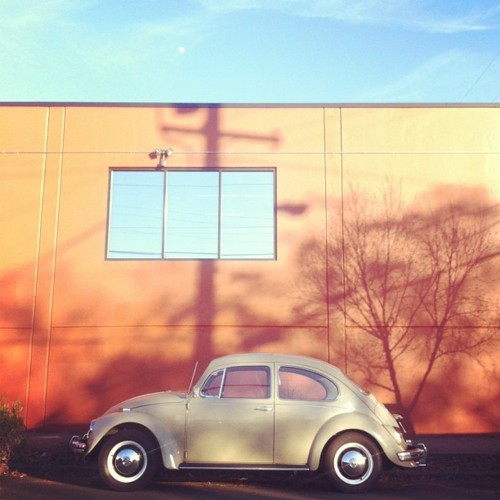Wander around Eastern Market in Capitol Hill and you’ll find plenty of beautiful photographs of DC, ready to buy and hang on your wall. Increasingly, you’ll also see breathtaking shots of the city in HDR: high dynamic range.
Through the use of post processing software, several photographs taken at varying shutter speeds are combined into one image. This composite image is supposed to more accurately represent what the human eye sees – with detail in both areas of shadow and light and rich color saturation. HDR isn’t very new as far as photography tech, but I’ve already admitted I’m slightly behind the curve/old fashioned (picking on Instagram, marveling at camera phones).
I’m interested in how HDR photography is perceived in the photography community. The public seems to eat up these images, which are without doubt, striking and intriguing (and pinned like mad on Pinterest). But is it photography in the traditional sense or more of a hybrid art form? Photographers presenting their work online will often preface an image title with “HDR” and the Washington Post also clearly identified such photos in a recent publication (yet still stirred up debate.)
I’ve yet to see an HDR photograph show up in National Geographic, which has a strict policy of straight photography; image content cannot be altered. But if HDR photography really is closer to what the human eye sees, then should it even be a problem? Predictably, John Omvik, the VP of an HDR software company, says it’s totally appropriate. “If one really wants to split hairs about what is ‘real’and what isn’t, consider this: from the moment you open your eyes in the morning until the moment you close them at night, everything you see in the world around you is in HDR,” says Omnik. He goes on to argue that HDR is more true to reality than the black and white film traditionally used in photojournalism.
Personally, I still feel HDR is more appropriate for fine art photography than photojournalism. I may be a bit skeptical because many HDR photographs I”ve seen don’t really look like anything I’ve seen in real life. Would love to hear your take…. in the meantime we’ll let an HDR Jefferson ponder upon it…

